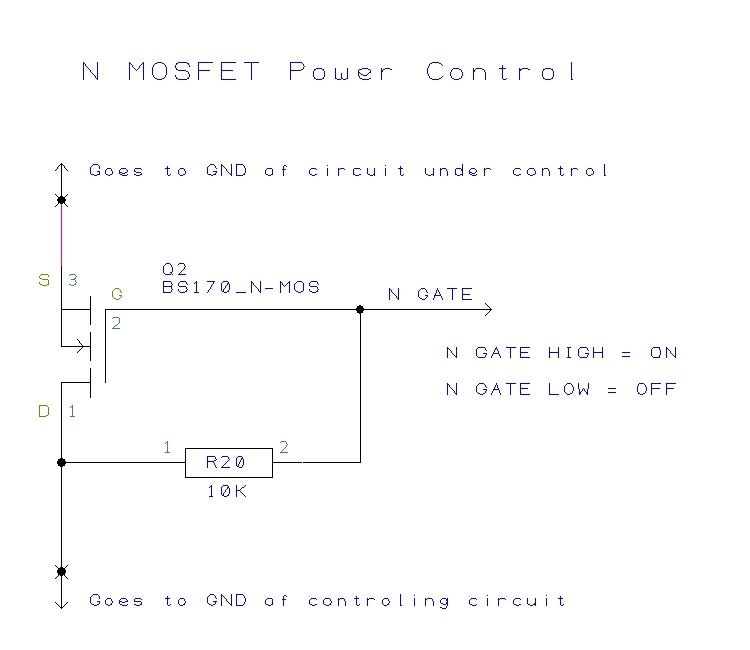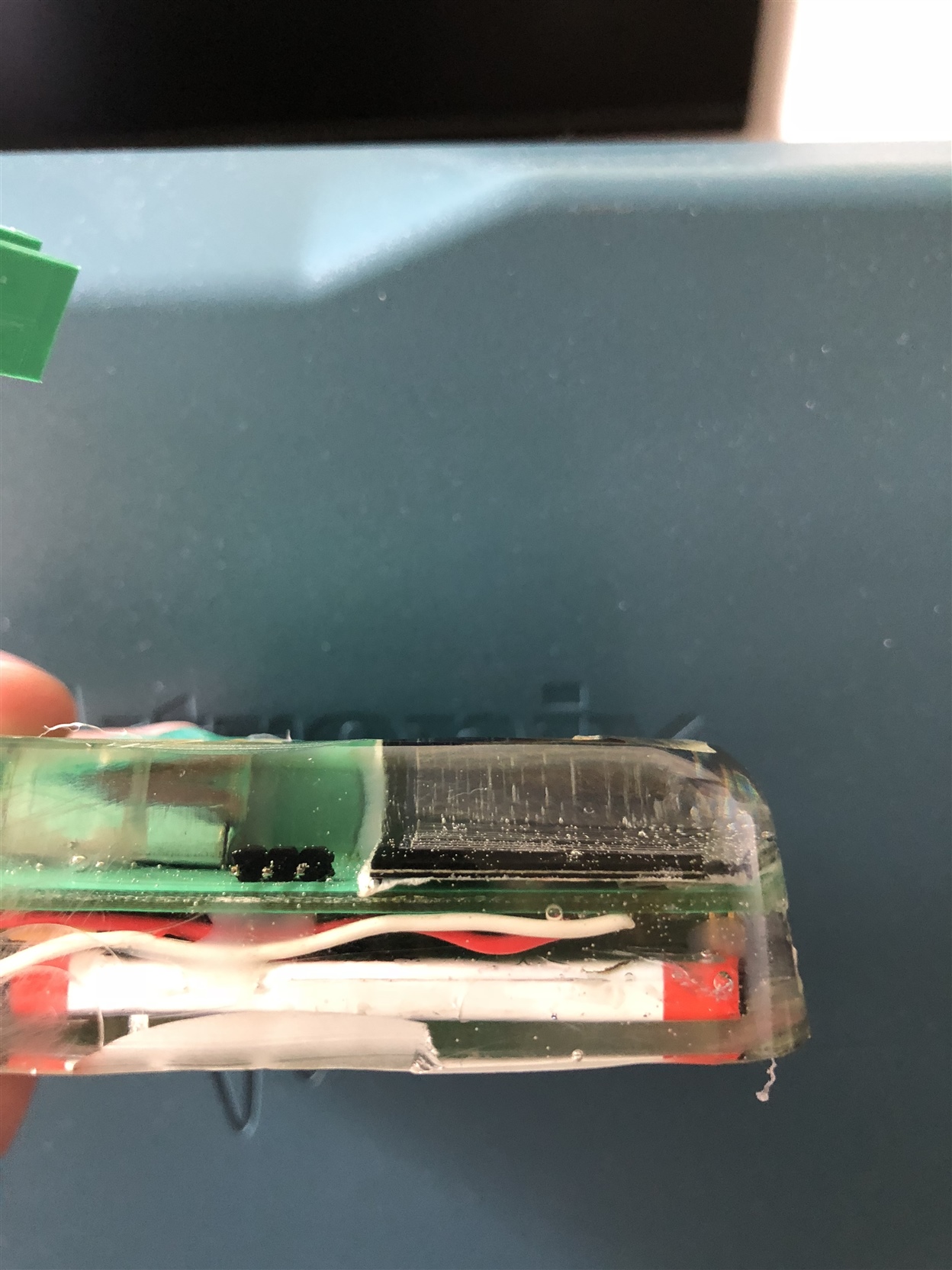Part Number: MSP432P401R
Tool/software: TI-RTOS
Hello,
I'm designing a ULP system, unfortunately I found out that after using the SD card it stays in a state that consumes an abnormal number of energy like 30mA. Putting the card out of the mounter consumption goes down to numbers before using it.
I've tried multiple cards and with all of them the problem persist...
It is possible to shut down/power down/put in idle state the SD card?
SDK:
Simplelink 2.00, fatsdraw example.
Thank you
Miha



